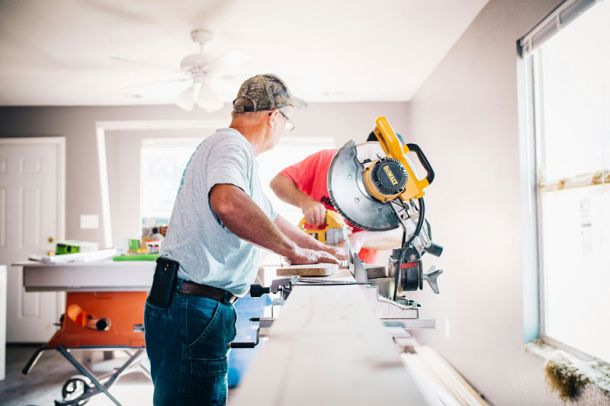Buying a home can be both an exhilarating and daunting process. One of the key components to purchasing a home is securing a mortgage. While the residential mortgage landscape offers a variety of options tailored to meet different needs, one of the lesser-known options is the “temporary buydown.” This option can be especially beneficial to borrowers who expect their income to increase in the future but would like lower payments initially. Let’s delve into the mechanics and benefits of temporary buydowns, and how LendLogic can guide you through this strategic choice.
What is a Temporary Buydown?
A temporary buydown is a mortgage financing technique where the borrower or the seller provides an upfront payment to the lender to temporarily reduce the interest rate and, consequently, the monthly payments for the early years of a mortgage. After the buydown period ends, the mortgage rate reverts to the original note rate, and the monthly payments adjust accordingly. LendLogic can help you understand whether this option aligns with your financial goals and future income projections.
How Does It Work?
Temporary buydowns are typically structured as either a 2-1 or a 3-2-1 buydown:
- 2-1 Buydown: The interest rate is reduced by 2% in the first year and by 1% in the second year. In the third year and thereafter, the rate returns to the original note rate.
- 3-2-1 Buydown: The interest rate is lowered by 3% in the first year, 2% in the second year, and 1% in the third year. From the fourth year onwards, the rate reverts to the original note rate.
For instance, if a mortgage has a note rate of 6% and a 2-1 buydown is applied, the borrower would pay interest at a rate of 4% in the first year, 5% in the second year, and 6% from the third year onwards. LendLogic can help you calculate how these temporary reductions impact your overall payment schedule and financial planning.
How is the Buydown Funded?
The funds for the buydown typically come from the borrower, the seller, or sometimes even the builder in the case of new constructions. These funds are placed into an escrow account, and the lender draws from this account to subsidize the lowered payments during the buydown period. The actual cost of the buydown can vary but is generally a percentage of the loan amount. LendLogic can assist in negotiating the terms and ensuring the buydown is funded in a way that best suits your needs.
Who Benefits from a Temporary Buydown?
- Borrowers: Individuals who expect their earnings to rise in the future might opt for a temporary buydown. This allows them to enjoy lower mortgage payments in the early years of the loan when their income might be lower. LendLogic can provide tailored advice to help you assess if a temporary buydown aligns with your financial growth expectations.
- Sellers/Builders: Sellers or builders can use temporary buydowns as an incentive to attract buyers. Offering a temporary buydown can make a home more appealing to potential buyers by providing them with a reduced monthly payment initially. LendLogic can guide sellers and builders on how to effectively use this strategy to enhance marketability.
Advantages and Disadvantages
Advantages:
- Lower Initial Payments: The borrower enjoys reduced monthly payments during the early stages of the mortgage.
- Flexibility: Temporary buydowns offer flexibility for borrowers who anticipate higher earnings in the future.
- Increased Purchasing Power: With lower initial payments, a borrower might qualify for a larger loan amount, potentially allowing them to purchase a more desirable property.
Disadvantages:
- Upfront Cost: The buydown has an upfront cost that either the borrower, seller, or builder must pay. LendLogic can help evaluate if the upfront investment is worthwhile based on your long-term financial plans.
- Higher Future Payments: Once the buydown period ends, the payments will increase to reflect the original loan rate. LendLogic can help you prepare for these future payment adjustments.
Conclusion
A temporary buydown can be an effective tool for those navigating the residential mortgage landscape. Whether you’re a borrower looking for initial financial flexibility or a seller trying to offer an attractive purchasing incentive, understanding how temporary buydowns work can help make the home-buying process smoother and more tailored to individual needs.
LendLogic is here to help you make informed decisions that align with your financial goals. Our team can provide personalized advice and support to ensure you take full advantage of all the mortgage options available to you, including temporary buydowns. Let LendLogic be your partner in achieving a smooth and successful home purchase.
Related Articles
Your goals matter. Let us help you find your path home.
Upload your documents or connect with a LendLogic loan officer today to get a personalized quote and start your journey.



